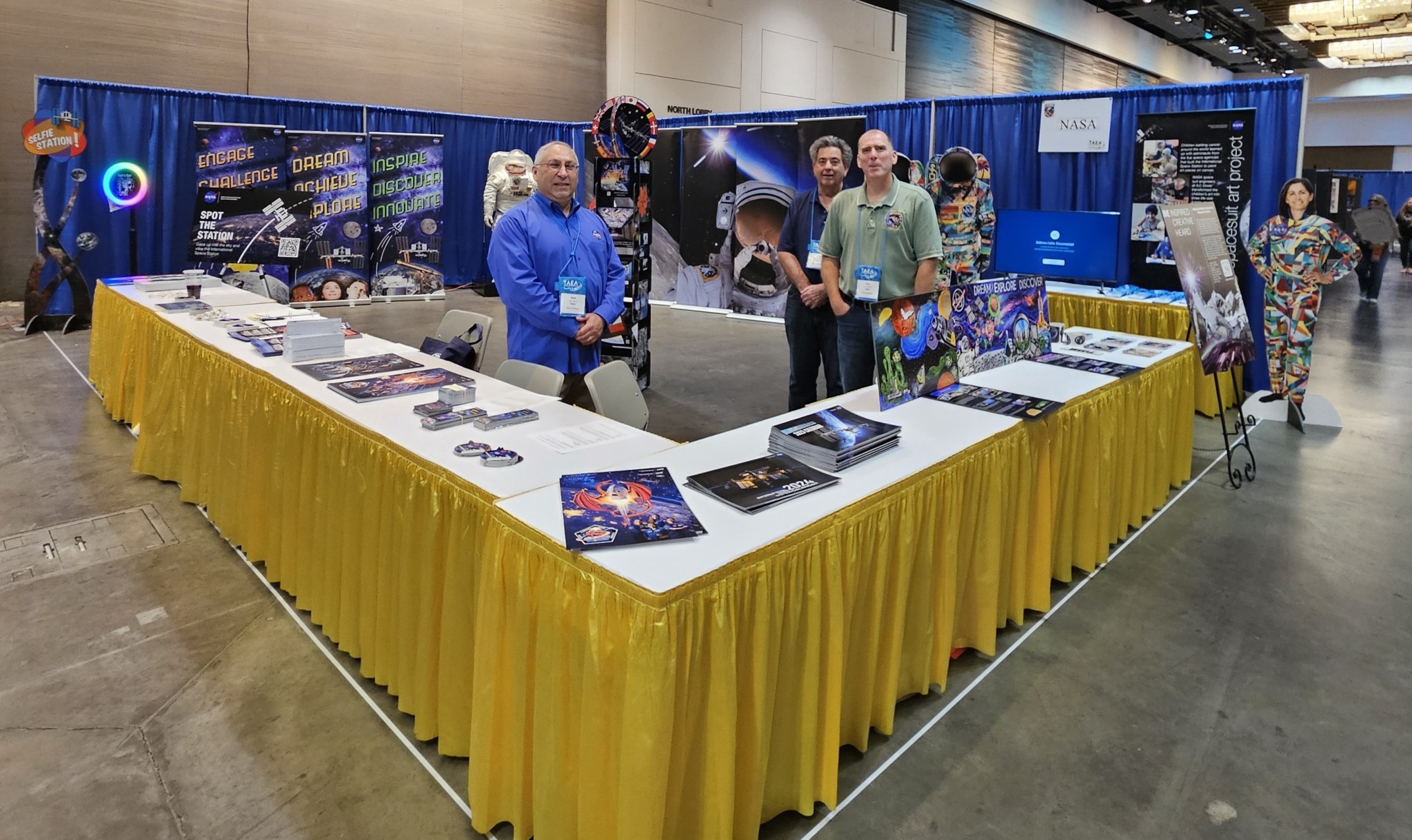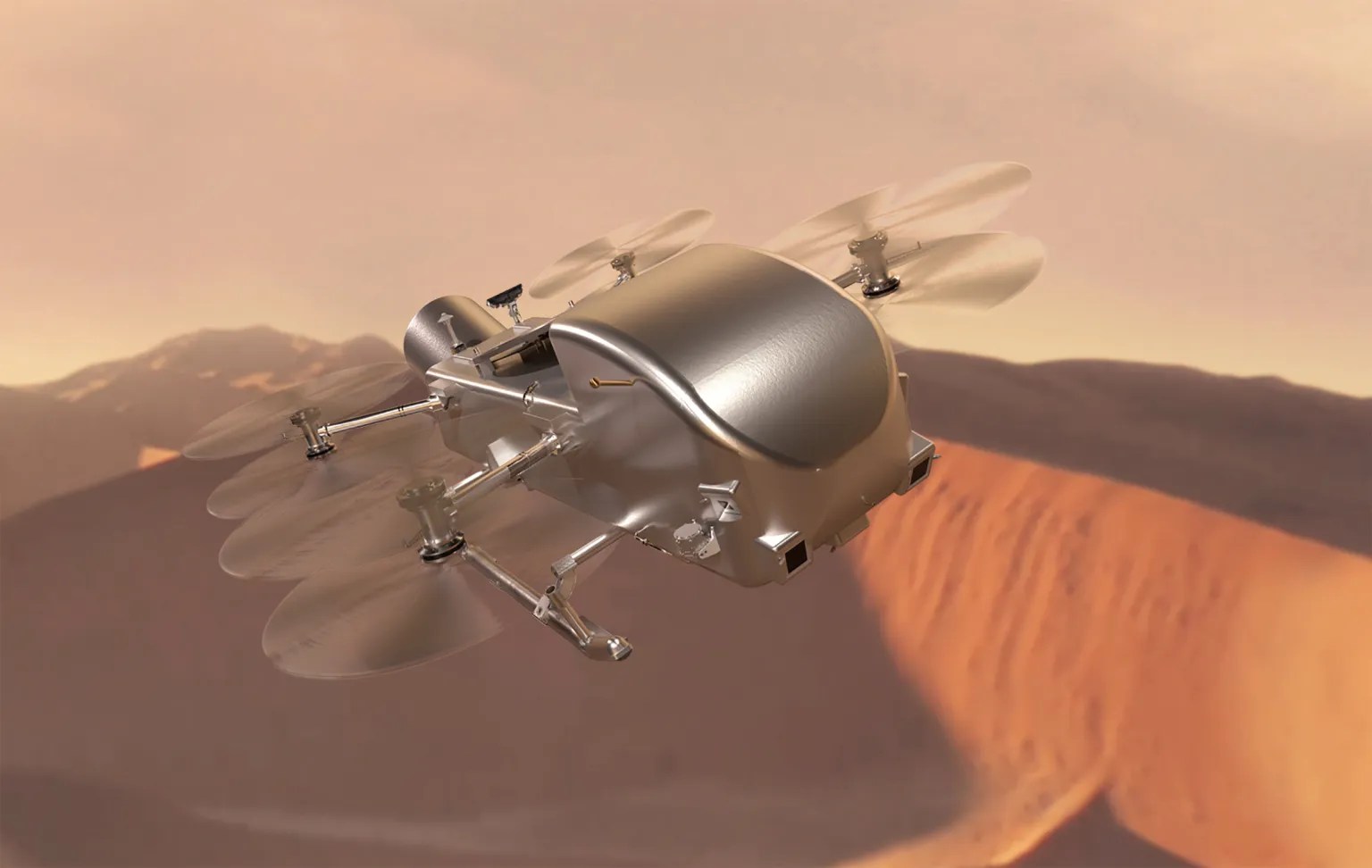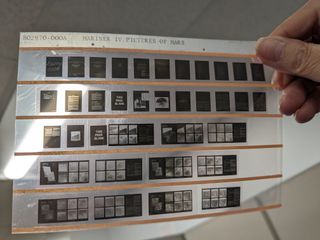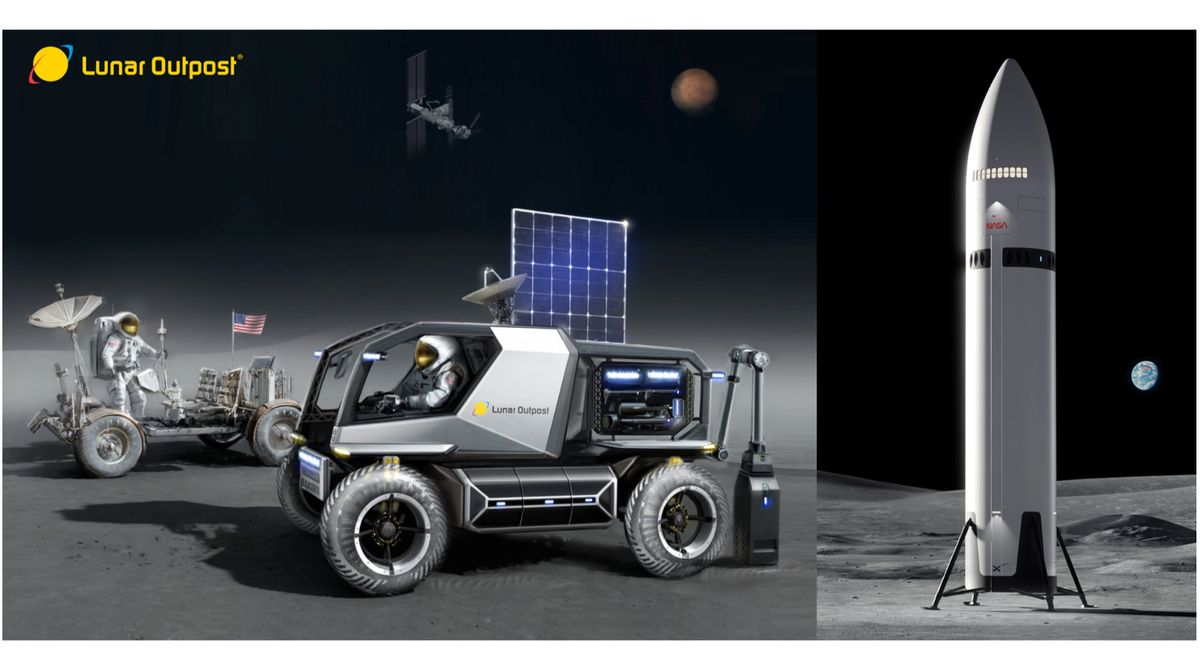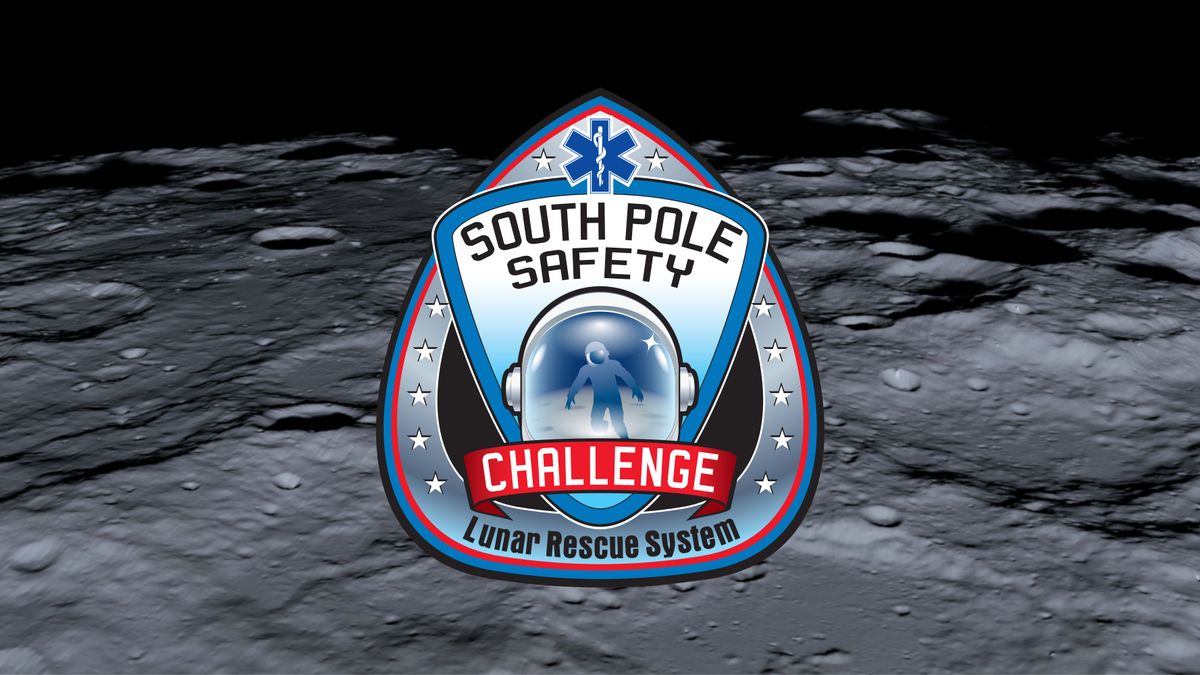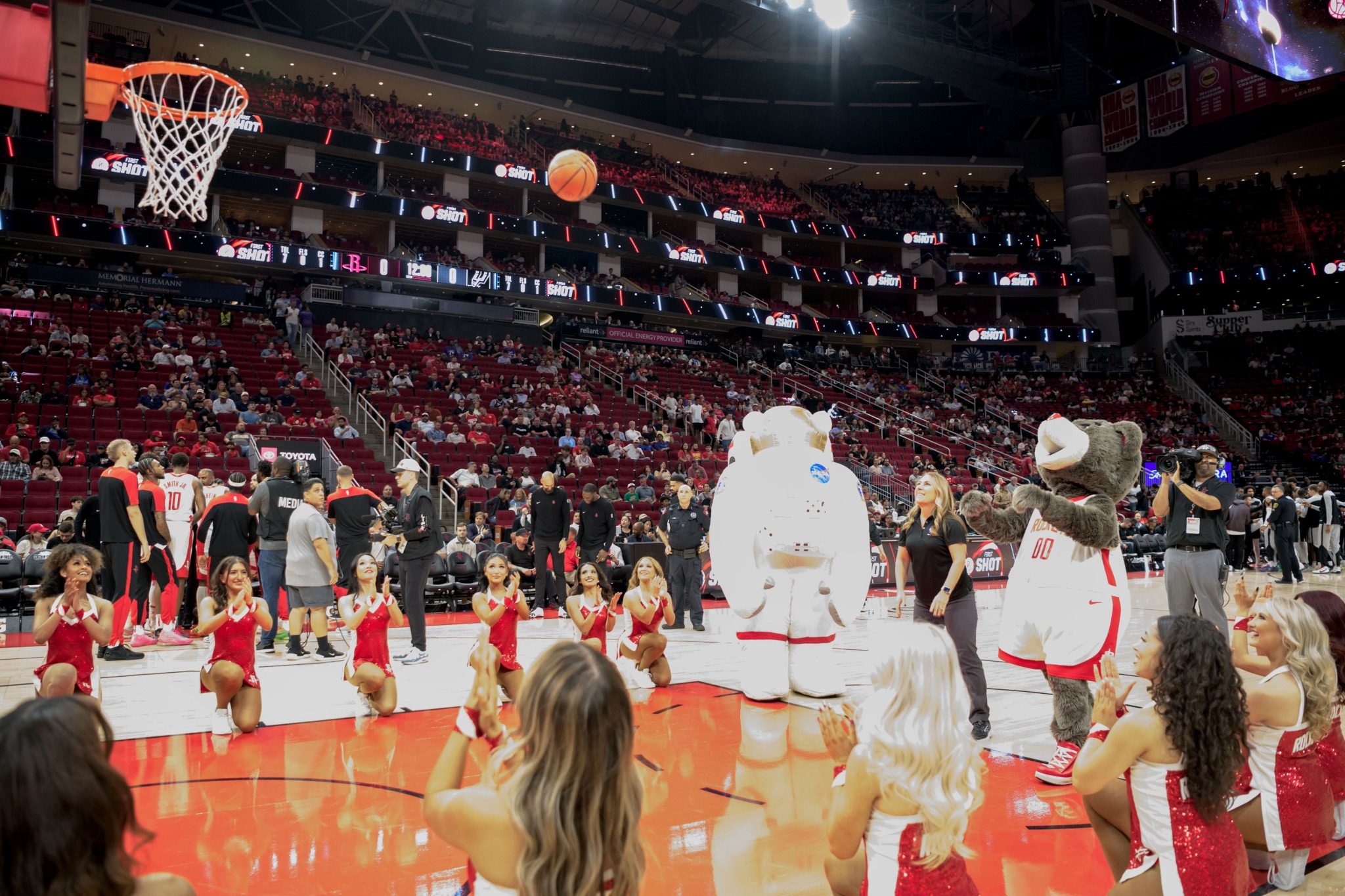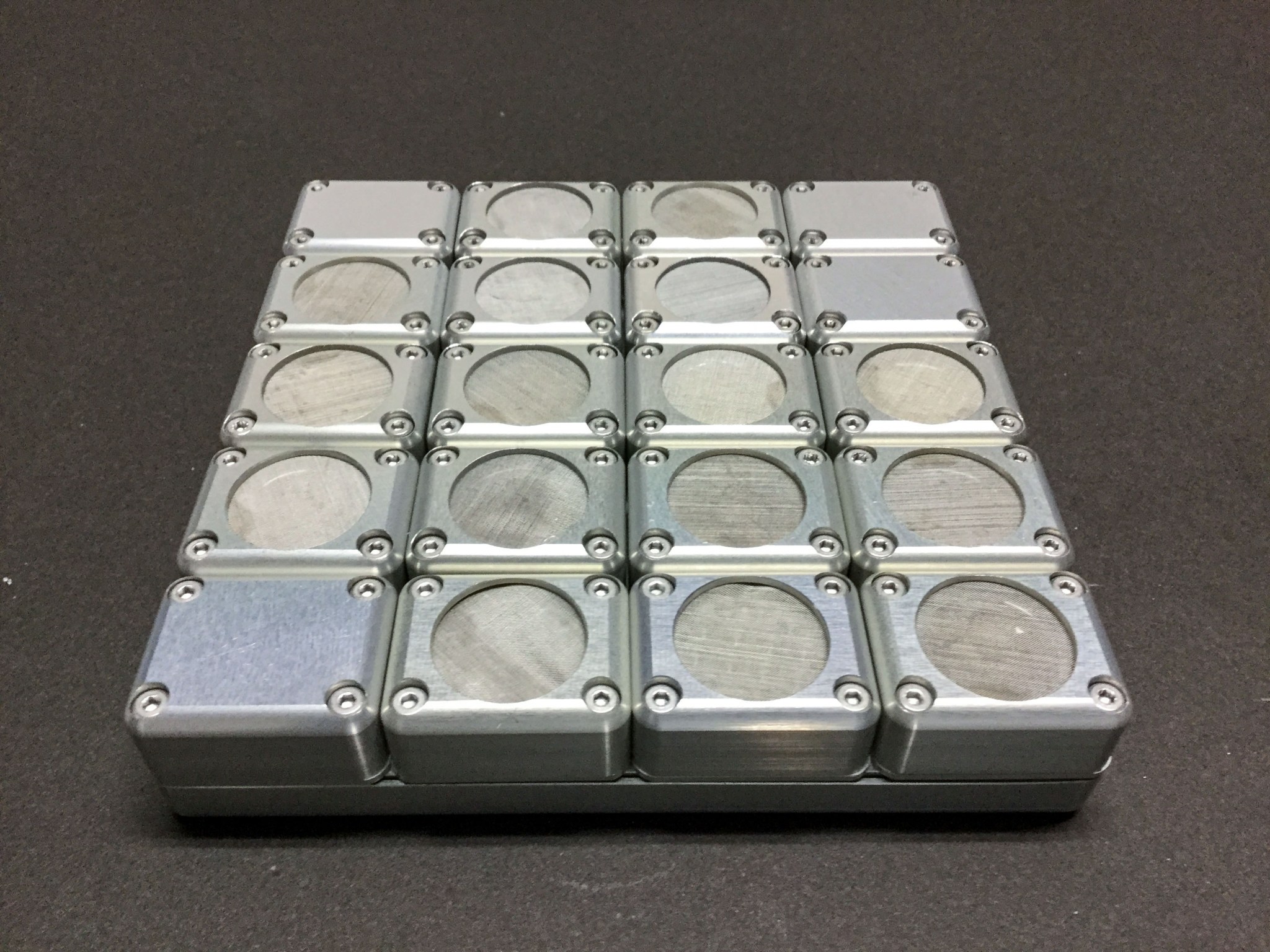For sure, it was a far-reaching recommendation: The planet Uranus and its moons should be NASA’s highest-priority new flagship mission for startup in the decade 2023-2032. The proposed mission, known as Uranus Orbiter and Probe (UOP), would conduct a multiyear orbital tour to yield knowledge of ice giants in general and the Uranus system in particular, doing so through flybys and the delivery of an atmospheric probe. The payoff: “transformative, breakthrough science across a broad range of topics.” UOP was advocated within the pages of “Origins, Worlds, and Life —…
Read MoreTag: Missions
Trump may cancel NASA’s powerful SLS moon rocket – here’s what that would mean for Elon Musk and the future of space travel
Since Donald Trump’s recent electoral victory, rumors and speculation have circulated that NASA’s giant moon rocket, the Space Launch System (SLS), could be under threat. The rocket is one of several key elements needed for the US space agency’s Artemis programme, which aims to return humans to the moon for the first time since 1972. For the first lunar landing mission, called Artemis III, the SLS will launch four astronauts on NASA’s Orion crew capsule. Orion will then travel to the moon. Once in lunar orbit, Orion will dock with…
Read MoreArt Meets Exploration: Cosmic Connections in Galveston
The Texas Art Education Association hosted its annual conference from Nov. 14–16 at Moody Gardens Hotel & Convention Center in Galveston, Texas, drawing nearly 3,000 educators, administrators, and artists. This year’s theme, “Cosmic Connections: SPACE, the Last Frontier and the Element of Art,” celebrated the fusion of creativity and space exploration, with NASA’s Johnson Space Center participating for the first time to inspire the Artemis Generation art educators. Johnson Space Center volunteers Raul Tijerina (left), building graphics lead for the International Space Station Program; Gary Johnson (middle), technical manager in…
Read MoreNASA Awards Launch Services Contract for Dragonfly Mission
Caption: Artist’s concept of Dragonfly soaring over the dunes of Saturn’s moon Titan. NASA/Johns Hopkins APL/Steve Gribben NASA has selected SpaceX to provide launch services for the Dragonfly mission, a rotorcraft lander mission under NASA’s New Frontiers Program, designed to explore Saturn’s moon Titan. The mission will sample materials and determine surface composition in different geologic settings, advancing our search for the building blocks of life. The firm-fixed-price contract has a value of approximately $256.6 million, which includes launch services and other mission related costs. The Dragonfly mission currently has…
Read MoreNASA tests cellphone-sized underwater robots for future ocean world missions (video)
A swarm of tiny robots destined to search for life on a faraway moon recently began its journey in a swimming pool here on Earth. The SWIM robots — short for Sensing With Independent Microswimmers — demonstrated impressive maneuverability during recent tests in the swimming pool at the California Institute of Technology (Caltech). Pushed along by propellers, the miniature, wedge-shaped robots steered themselves to stay on course, executed a back-and-forth “lawnmower” pattern, and even spelled out “J-P-L,” according to a NASA statement. Designed to one day search for evidence…
Read MoreHow a mini-team of NASA archivists is restoring astronomical history
Precious data from space missions, going back decades, is being carefully restored and archived by scientists at NASA’s Space Science Date Coordinated Archive, allowing researchers today to make new discoveries by delving into the history books. “What’s surprising is how much of this information is either lost or at least not in a condition that anybody can use it in,” planetary scientist David Williams of the National Space Science Data Center Archive (NSSDCA) told Space.com. “We’ve got tons of photography, reels of film from various missions, a lot of microfilm…
Read MoreSpaceX’s Starship will fly Lunar Outpost’s rover to the moon
SpaceX’s Starship megarocket just added another moon mission to its docket. Colorado company Lunar Outpost announced today (Nov. 21) that it has chosen Starship to launch its new moon rover, known as Eagle, and land the wheeled vehicle on the lunar surface. The news comes two days after the 400-foot-tall (122 meters) Starship flew for the sixth time ever, on a suborbital test flight from Texas that achieved all of its main objectives. “Having experienced the recent groundbreaking Starship test flight firsthand, we’re confident that SpaceX is advancing the most…
Read MoreWill astronauts need to be rescued from the moon? NASA wants to be prepared just in case
NASA wants ideas on how to create emergency response plans for future missions to the moon. The space agency’s South Pole Safety challenge focuses on the development of innovative solutions for a compact, efficient system that astronauts can use in the event of an emergency during extravehicular activities (EVAs) on the lunar surface. Participants are asked to submit technical design concepts that could be adapted for NASA’s Artemis program. “If an astronaut crew member becomes incapacitated during a mission, the ability to return them safely and promptly to the human…
Read MoreShooting for the Stars: NASA Lights Up the Court at Toyota Center
On Nov. 6, 2024, NASA Night brought cosmic excitement to the Toyota Center, where Johnson Space Center employees joined 16,208 fans who interacted with NASA as they watched the Houston Rockets claim victory over the San Antonio Spurs. Energy soared as International Space Station Program Manager Dana Weigel stepped up to take the first shot. International Space Station Program Manager Dana Weigel takes the first shot on Nov. 6, 2024, as the Houston Rockets go up against the San Antonio Spurs at Toyota Center. NASA/Helen Arase Vargas The ceremonial first…
Read MoreStation Science Top News: Nov. 15, 2024
Anthocyanins protect seeds in space After exposure to space outside the International Space Station, purple-pigmented rice seeds rich in anthocyanin had higher germination rates than non-pigmented white rice seeds. This result suggests that anthocyanin, a flavonoid known to protect plants from UV irradiation, could help preserve seed viability on future space missions. Plants are key components for systems being designed to produce nutrients and recycle carbon for future sustained space habitation, but space has been shown to reduce seed viability. Tanpopo-3, part of a series of investigations from JAXA (Japan…
Read More

